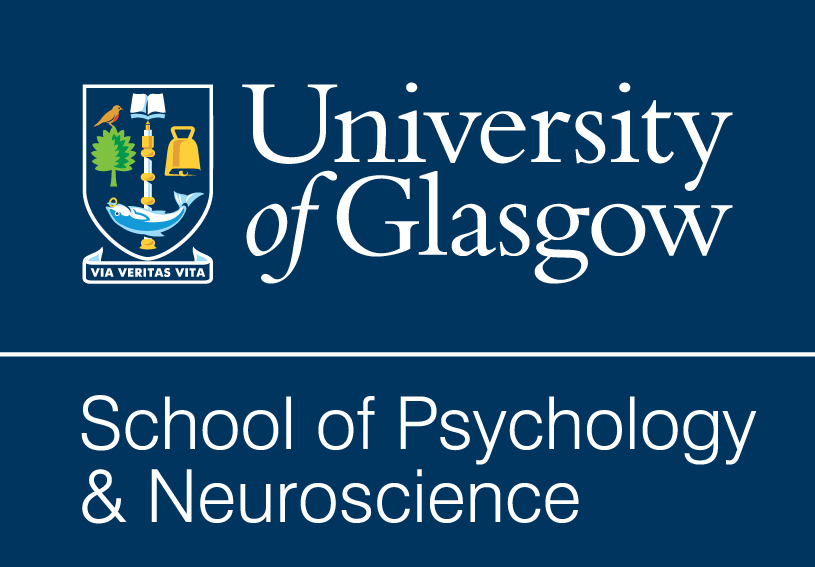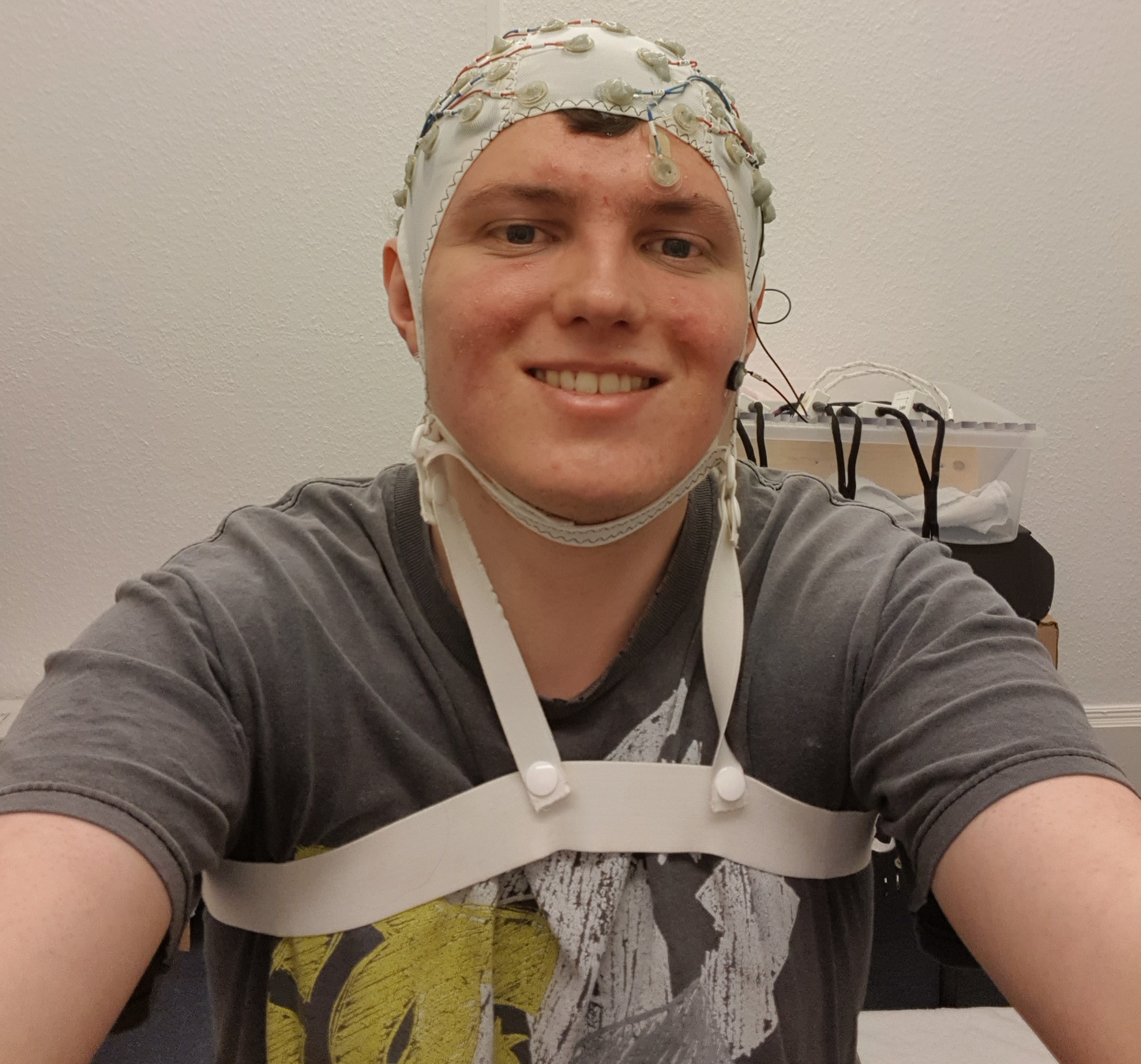Neuro AI consult Deparment of Neuroscience
Analysing brain waves to interpret emotion

Analysing brain waves to interpret emotion

Over the summer of 2021, I was involved with a PHD project which involved analysing participant brain waves to predict emotional responses. A participant was given a series of positive and negative stimuli, and we recorded different areas of their brain. The department wanted to use this data to create a machine learning algorithm to predict if a person had a positive or negative reaction.
One part of my role was using my technical background to modernise their programming practices. This involved setting up the department on GitHub and introducing them to simple programming constructs to make development easier. For example, I noticed that large sections of their code were repeated. This meant when they made a change to a section of code, they had to check if that change would need to be made in other files too. If this code was reused elsewhere, they had to copy and paste the change into every file where it was used. I introduced the concept of refactoring, where you could create helper functions so changes would only need to take place once. This was received positively as it meant having new ideas was not a burden to implement.
My other role was to convert a section of the codebase from MATLAB to python. I noticed that when the department tried to run their data through the MATLAB program, they would have to wait for minutes to see the result. While converting to python, I introduced the department to vectorised programming with NumPy. Using vectorised programming means that specific instructions at the CPU level are allowed to be used. These instructions allow data analysis to occur in parallel, greatly speeding up the analysis time. Researchers in the department noticed a significant performance boost and were happy with the new processing technique.
